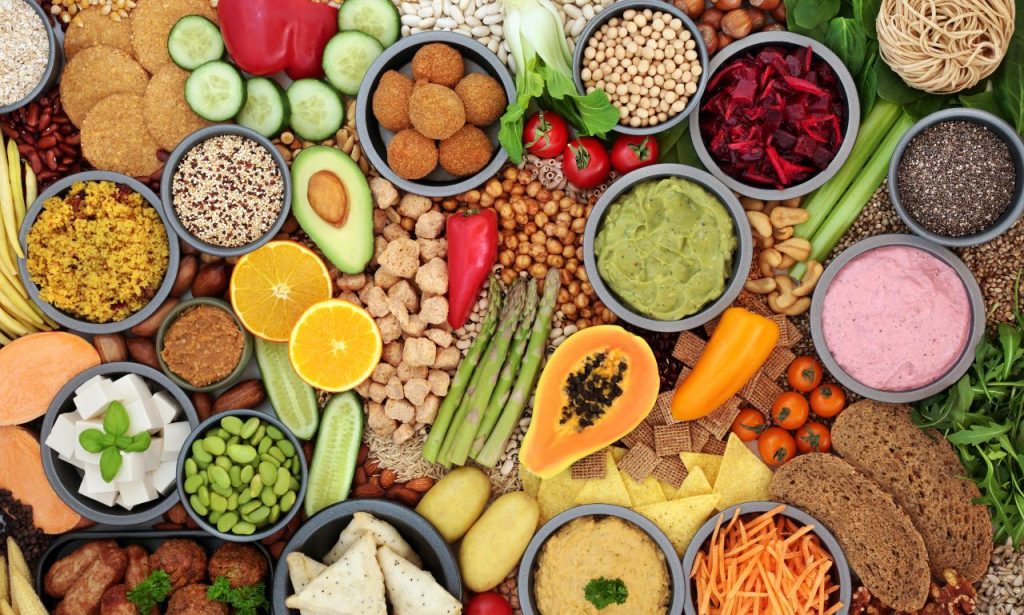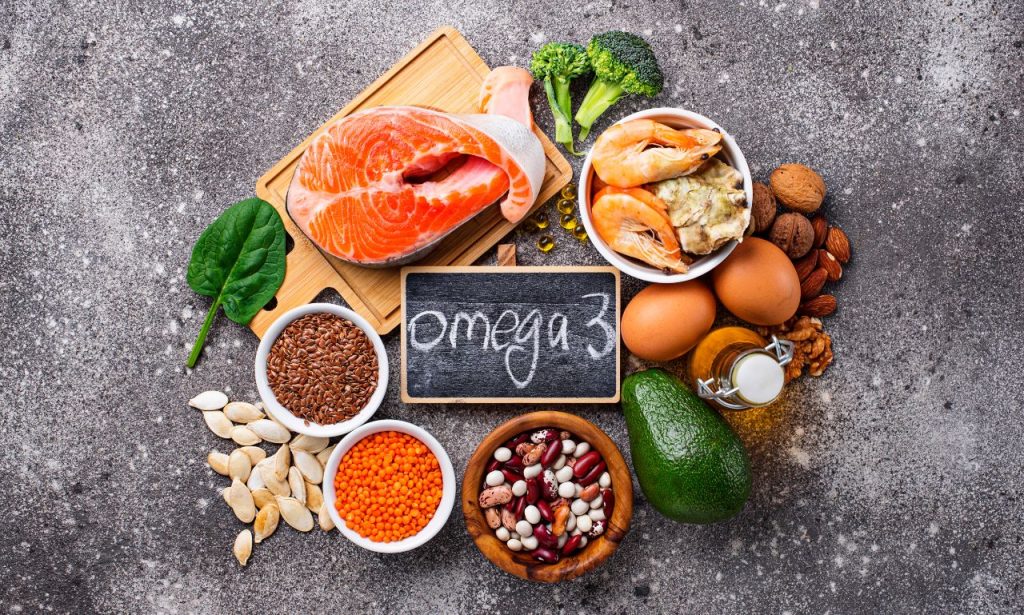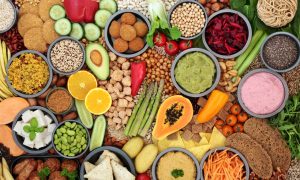Are you curious about a plant-based diet but feel overwhelmed about where to start? You’re not alone! When I first considered going plant-based, I stood in my kitchen staring at my fridge, thinking, “What on earth am I going to eat now?” But trust me—transitioning to plant-based eating doesn’t have to be complicated or boring. This guide will walk you through everything you need to know to start your plant-based journey confidently and excitedly.
What is a Plant-Based Diet?
A plant-based diet focuses primarily on plant-derived foods—vegetables, fruits, whole grains, legumes, nuts, and seeds—while minimizing or eliminating animal products. Compared to the Standard American meat- and dairy-based diet, plant-based diets place plants in the center of your plate. Some choose to go fully vegan, avoiding all animal foods such as meat, fish, dairy, eggs, and honey. Others might adopt a more flexible approach, gradually reducing animal products and increasing plant foods. Plant-based eating is beautiful because you can adapt it to fit your needs and preferences.
What Are the Benefits of a Plant-Based Diet?

The reasons people choose plant-based eating are as diverse as the diet itself. From health improvements to environmental concerns, here’s why more people are filling their plates with plants:
Sounder Sleep
When I switched to plant-based eating, one of the first changes I noticed was my improved sleep quality. Research suggests this isn’t uncommon—plant-based diets are typically higher in fiber and certain nutrients that can help regulate sleep cycles. Plant foods contain tryptophan, which your body uses to produce melatonin and serotonin—key regulators of your sleep-wake cycle. The reduced inflammation from eating more plants and fewer processed foods can help ease the discomfort that might keep you tossing and turning.
Better Mood
Have you ever noticed how your food choices affect your mood? There’s science behind this connection. A plant-based diet rich in fruits, vegetables, and whole grains provides essential nutrients that support brain health and mood regulation. Foods like bananas, dark leafy greens, and whole grains contain B vitamins and magnesium that help produce mood-regulating neurotransmitters. The fiber in plant foods also promotes a healthy gut microbiome, which research increasingly links to improved mental health through the gut-brain connection.
Improved Health
One of the most compelling reasons to try plant-based eating is its association with better health outcomes. Plant-based diets have been linked to:
Lower risk of heart disease: Plant foods are naturally low in saturated fat and contain zero cholesterol while rich in healthy nutrients like potassium, antioxidants, and fiber.
Better weight management: Plant foods are typically lower in calories and higher in fiber than animal products, helping you feel full while consuming fewer calories.
Reduced inflammation: Many plant foods contain anti-inflammatory compounds that can help manage chronic inflammation, which drives many health conditions.
Improved digestion: The high fiber content in plant foods supports healthy digestion and regular bowel movements.
Better blood sugar control: Complex carbohydrates from whole plant foods digest more slowly, helping maintain steady blood sugar levels.
Better for the Environment
Animal agriculture is responsible for significant greenhouse gas emissions, deforestation, water usage, and pollution. You’re reducing your carbon footprint and water usage by choosing more plant foods. Did you know it takes about 1,800 gallons of water to produce just one pound of beef, compared to only 216 gallons for a pound of soybeans? Even small shifts toward plant-based eating can make a meaningful environmental difference.
Longevity
Who doesn’t want to live a longer, healthier life? Plant-based diets help you do that. Blue Zones—regions with the highest concentration of centenarians—typically follow predominantly plant-based diets. Plant foods are rich in antioxidants and phytonutrients that help combat oxidative stress and reduce aging-related cellular damage. Focusing on nutrient-dense plant foods gives your body the tools for long-term health and vitality.
What Are the Key Nutrients to Focus On?
When transitioning to plant-based eating, paying attention to certain nutrients helps ensure you’re meeting all your nutritional needs. Here’s what to keep in mind:
Calcium
Contrary to popular belief, you don’t need dairy products to get enough calcium. Plenty of plant foods provide this bone-building mineral:
Leafy greens like kale, bok choy, and collard greens Fortified plant milk (almond, soy, oat) Calcium-set tofu Sesame seeds and tahini White beans and chickpeas. Aim for several servings of calcium-rich foods throughout the day, and consider a supplement if you’re concerned about meeting your needs.
Protein
The protein question is usually the first one when discussing plant-based diets. Rest assured, plants can provide all the protein you need when eaten in sufficient variety and quantity.
Great plant protein sources include:
Legumes (beans, lentils, chickpeas, peanuts) Tofu, tempeh, and edamame Seitan (wheat protein) Quinoa and other whole grains Nuts and seeds
Most adults need about 0.36 grams of protein per pound of body weight daily. To meet these needs, include a protein source at each meal.
B Vitamins
B vitamins, especially B12, deserve special attention in a plant-based diet. B12 is primarily found in animal products, so vegans need to include fortified foods or supplements.
Good sources of B vitamins include:
Nutritional yeast (many brands are fortified with B12), Fortified plant milk and breakfast cereals, Whole grains (for other B vitamins), Legumes (for other B vitamins)
A high-quality B12 supplement is often recommended for those following a strictly vegan diet.
Omega-3 Fatty Acids

While fish is a common source of omega-3s, plant sources do exist:
Flaxseeds and flaxseed oil Chia seeds Hemp seeds Walnuts Algae-based supplements (the most direct plant source of EPA and DHA)
Including these foods regularly helps support brain health and reduce inflammation.
Practical Tips for Beginners
Now that you understand the basics, here are some practical ways to start incorporating more plant-based foods into your daily life:
- Start gradually: You don’t have to go all in overnight. Begin by replacing one meal daily with a plant-based option, or try “Meatless Mondays.”
- Focus on addition, not subtraction: Instead of dwelling on what you’re removing from your diet, get excited about all the new foods you’ll try. Experiment with fruits, vegetables, and grains you’ve never tasted before.
- Reimagine your plate: Make vegetables the star of your meal rather than a side dish. Try building meals around legumes, whole grains, and seasonal vegetables.
- Find plant-based versions of your favorites: Missing cheese? Try nutritional yeast or cashew-based alternatives. Craving burgers? Explore bean patties or one of the many plant-based meat alternatives available today.
- Prep ahead: Having ready-to-eat plant foods available makes sticking to your goals much easier. Batch cook grains and beans, wash and chop vegetables, and keep nuts and seeds on hand for quick snacks.
Conclusion
Adopting a plant-based lifestyle is a journey—not a destination with a definitive endpoint. Every plant-based meal envisions more health for you and the world. And remember, perfection is not required; it’s about progress. Start where you’re at, shift as much as you feel comfortable, and celebrate each plant-driven choice. Whatever motivates you—health gains, world benefits, or plain old curiosity—plant-based food is for everyone. With the correct facts and a sense of adventure, you’ll be amazed at how delicious, satisfying, and fun plant-based eating can be.
ALSO READ: How to Transition to a Fall Vegan Skincare Routine
FAQs
No! Any increase in plant foods and decrease in animal products can have positive effects. Find the balance that works for your body and lifestyle.
Absolutely. You can easily meet your protein needs by eating various plant foods, including legumes, nuts, seeds, and whole grains.
It doesn’t have to be. Staples like beans, rice, potatoes, and seasonal vegetables are often among the most affordable foods in the grocery store. Specialty products like plant-based meats can be pricier, but they’re optional.
Most restaurants now offer plant-based options. Look for vegetable-focused dishes or grain bowls, or ask if meals can be adapted. Many cuisines—like Indian, Ethiopian, and Mediterranean—naturally feature delicious plant-based dishes.
A plant-based diet is generally centered around plants, with minimal or no animal products. Veganism extends beyond diet to avoid all animal products in lifestyle choices. Vegetarians typically avoid meat but may consume eggs or dairy.



